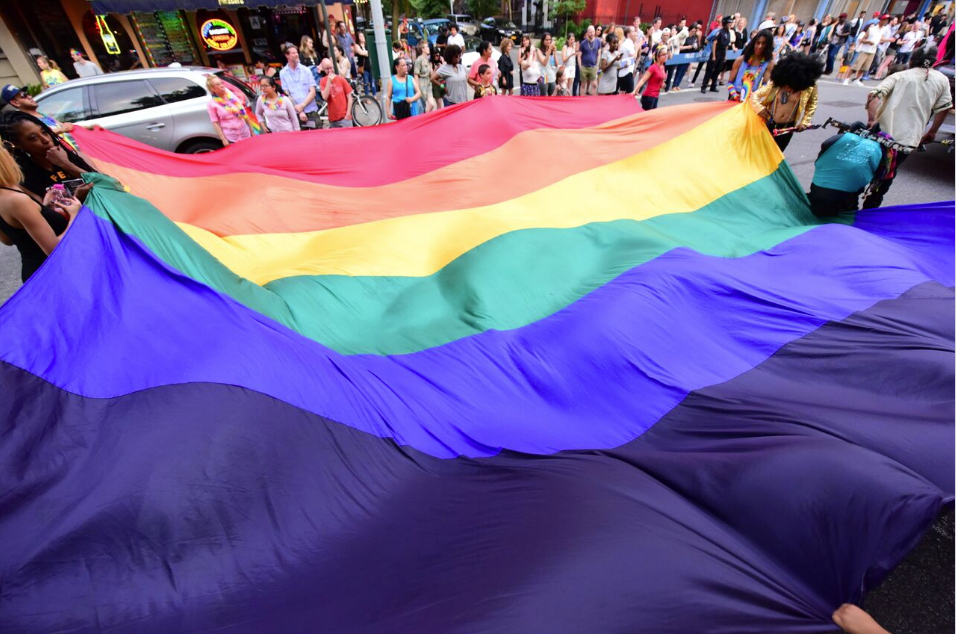New gender inclusion guidelines for schools a good start, say advocates

A first-of-its-kind slate of “gender inclusion” guidelines for New York City public schools is a step in the right direction, according to advocates.
In a showing of support for LGBTQ+ youth, Schools Chancellor Richard Carranza announced the Guidelines on Gender Inclusion on Friday, along with revisions to the Department of Education’s existing Guidelines for Supporting Transgender and Gender Expansive Students. These new recommendations aim to ensure support for all 1.1 million New York City school students, no matter their gender identity.
The new set of guidelines covers, among other provisions, inclusion across genders in student clubs and health classes, and a more fluid dress code, “free of gender stereotypes.”

Brooklyn Boro
View MoreNew York City’s most populous borough, Brooklyn, is home to nearly 2.6 million residents. If Brooklyn were an independent city it would be the fourth largest city in the United States. While Brooklyn has become the epitome of ‘cool and hip’ in recent years, for those that were born here, raised families here and improved communities over the years, Brooklyn has never been ‘uncool’.